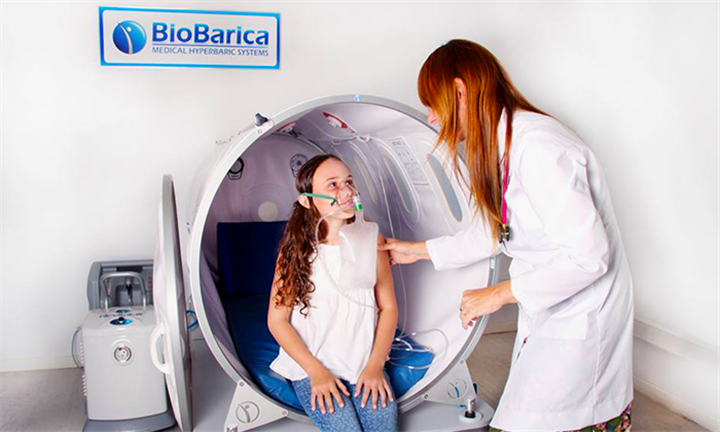Why 1.45 ATA Hyperbaric Oxygen Therapy Can Be as Effective as 2.0 ATA
Hyperbaric oxygen therapy (HBOT) boosts oxygen delivery using pressurised chambers. Many assume higher pressure equals better results. But that’s not always true—especially if you compare cost, total oxygen exposure, and practical outcomes.
Cost per Session
Sessions at 1.45 ATA are generally more affordable than sessions at 2.0 ATA. This makes regular therapy more accessible. Instead of paying more for fewer high-pressure sessions, you can do more sessions at a lower pressure and often get better results.
The Oxygen Dose: Let’s Do the Math
Oxygen delivered depends on three things:
- Chamber pressure (ATA)
- Oxygen percentage (about 90% with a concentrator)
- Session duration
We use this formula: ATA × oxygen % × time (minutes) × number of sessions
Example 1: 5 sessions at 2.0 ATA for 60 minutes
- 2.0 ATA × 90% = 1.80 oxygen units per minute
- 1.80 × 60 min × 5 = 540 oxygen units
Example 2: 10 sessions at 1.45 ATA for 60 minutes
- 1.45 ATA × 90% = 1.305 oxygen units per minute
- 1.305 × 60 min × 10 = 783 oxygen units
The 1.45 ATA plan delivers ~45% more oxygen than the higher-pressure option.
What About Brain Health?
HBOT at both 1.45 and 2.0 ATA has been shown to support brain health by increasing oxygen in neural tissues.
Studies like this one on post-stroke recovery and this study on neuroplasticity show clear cognitive improvements with HBOT—even at mild pressures.
As long as the oxygen exposure is high enough (i.e., longer sessions), the pressure itself becomes less critical.
Safety
Lower pressure means fewer side effects and a better safety profile. 1.45 ATA is well-tolerated and effective for general wellness, recovery, and cognitive support.
Final Thought
More pressure isn’t always better. More oxygen over time is what counts.
If you’re looking for a flexible, affordable, and effective HBOT experience, 1.45 ATA sessions—especially longer or more frequent ones—can meet your needs without the downsides of high-pressure therapy.




